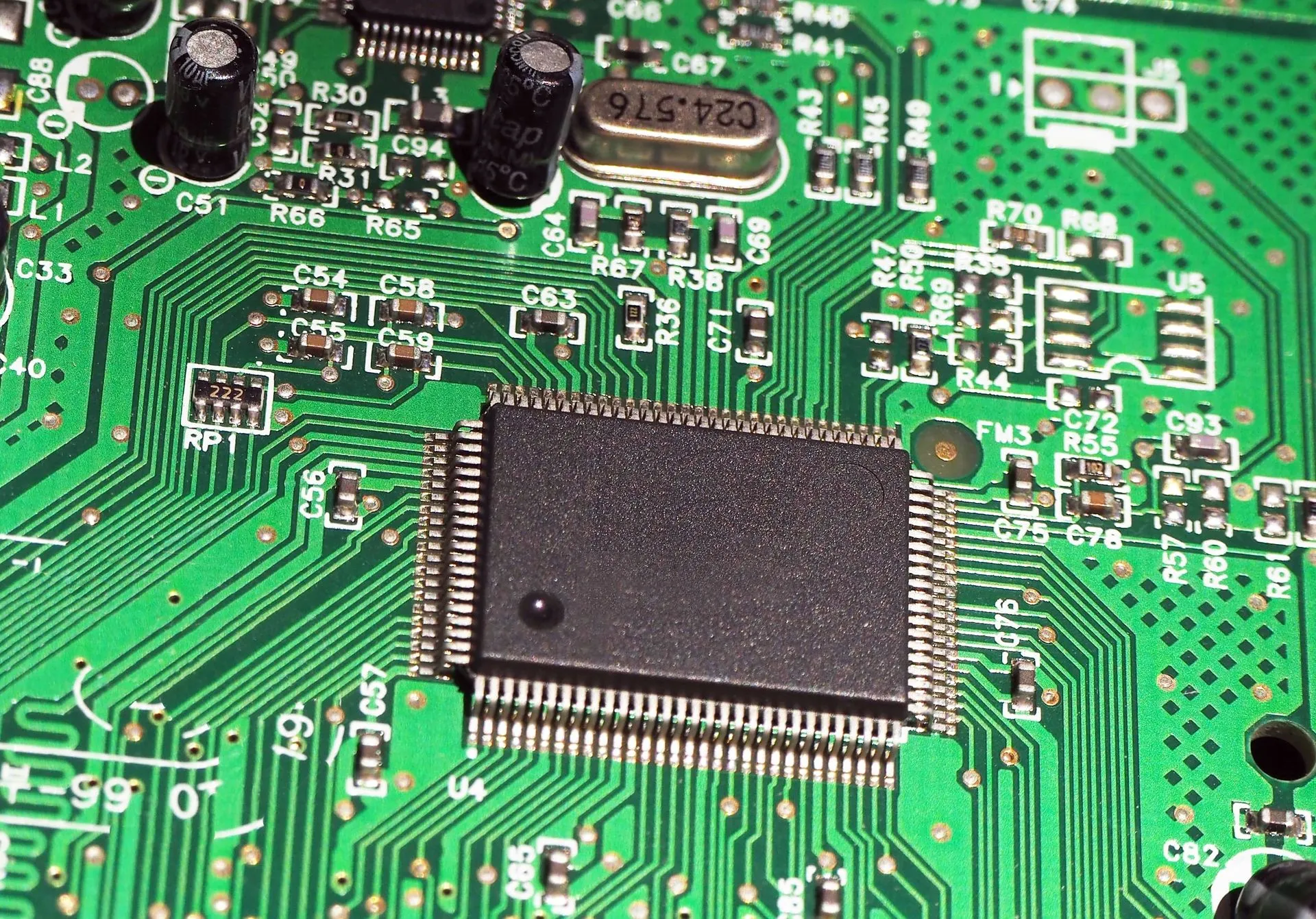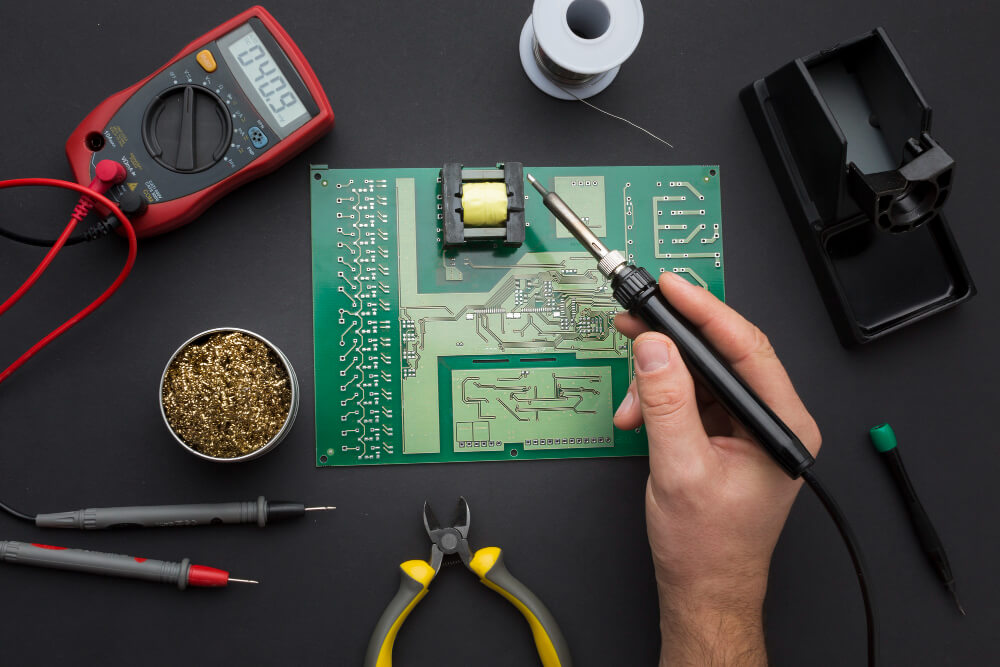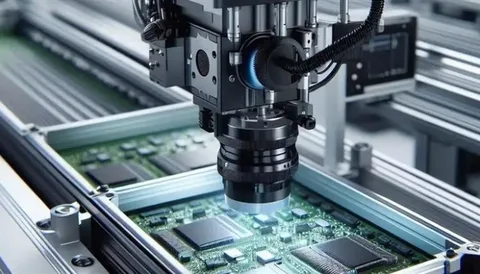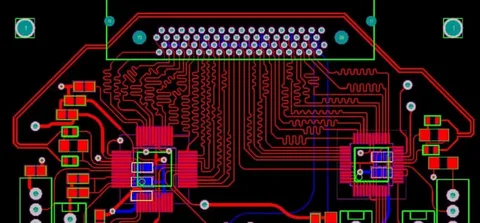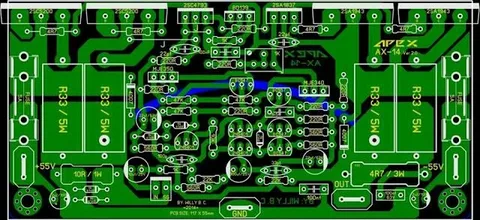In today’s fast-paced electronics industry, the journey from concept to product success begins with one critical decision — selecting the right PCB assembly partner. Whether you’re launching a new electronic prototype or scaling a mature product, your assembly partner can dramatically impact your project’s quality, speed, and overall cost.
Choosing the wrong partner can result in delays, poor quality, and even failed product launches. On the other hand, working with the right PCB assembly expert ensures that your electronic prototype is built with precision, speed, and scalability in mind. In this guide, we’ll walk through the key criteria you should evaluate to make the right choice, whether you’re a startup, OEM, or a product developer in the industrial, medical, or consumer tech space.
Why Your PCB Assembly Partner Matters
Printed Circuit Boards (PCBs) are the foundation of every electronic device. An electronic prototype begins with a concept and evolves into a tangible product through careful design, manufacturing, and testing processes. The PCB assembly partner plays a central role in turning that concept into a reliable, functioning reality.
A trusted PCB assembler does more than just solder components onto a board. They:
- Validate your design for manufacturability (DFM)
- Support sourcing of quality components
- Maintain strict quality control and testing standards
- Deliver on time and within budget
- Scale with your business as it grows
That’s why this decision should never be rushed. Below are the top criteria to consider when selecting a PCB assembly partner for your next electronic prototype.
Evaluate Their Technical Capabilities
Not all PCB assembly partners are created equal. Begin by assessing the technical capabilities of the manufacturer. This includes:
- Surface Mount Technology (SMT)
- Through-Hole Assembly
- Mixed Technology Assembly
- Fine pitch and BGA assembly
- Multi-layer board handling
Your electronic prototype may require advanced capabilities such as micro BGA placement, double-sided SMT, or high-density interconnects. A capable partner should have the necessary equipment and skilled workforce to meet your design specifications.
Also, check if they offer Design for Manufacturability (DFM) analysis. This ensures your design is optimized for real-world production, which is crucial in the early stages of electronics development.
Prioritize Experience with Prototyping
Prototyping is different from mass production. A good PCB partner understands that electronic prototypes often go through several iterations. They should be flexible and quick to adapt to changes.
Look for:
- Low-volume, quick-turn production services
- Engineering support during prototyping
- In-house testing and debugging resources
- Experience with new product introductions (NPI)
A manufacturer well-versed in prototype testing will help you reduce risk before entering full-scale production. Ask how many prototype projects they handle per year and what their average lead times are.
Quality Certifications and Standards
Trustworthiness is non-negotiable when it comes to electronics manufacturing. The best PCB assembly partners hold certifications that prove their commitment to quality and industry compliance.
Look for:
- ISO 9001: Quality Management Systems
- ISO 13485: Medical Devices (if applicable)
- IPC-A-610: Acceptability of Electronic Assemblies
- ITAR registration (for defense-related projects)
- RoHS and REACH compliance
For your electronic prototype, these certifications are more than just badges. They reflect the assembly partner’s attention to process control, documentation, traceability, and long-term reliability.
Component Sourcing and Supply Chain Reliability
The global electronics industry continues to face component shortages and supply chain disruptions. A strong PCB assembly partner should have established relationships with reputable component suppliers and offer alternative sourcing strategies when needed.
Ask the following:
- Do they have preferred suppliers?
- Can they recommend equivalents if parts are unavailable?
- How do they handle counterfeit part prevention?
- Do they offer full or partial turnkey services?
Reliable sourcing is key to keeping your electronic prototype on schedule and within budget. It also ensures that all components meet required specifications and certifications.

In-House Testing and Quality Assurance
A prototype is only as good as its performance under real-world conditions. That’s why in-house testing capabilities are crucial.
Ensure your PCB assembly partner offers:
- Functional Testing (FCT)
- In-Circuit Testing (ICT)
- AOI (Automated Optical Inspection)
- X-ray Inspection (especially for BGA components)
- Burn-in or environmental stress testing
These tests catch potential issues early, saving you time and money during the later stages of electronics development. If your project requires custom test fixtures or jigs, confirm that the partner can assist with design and development.
Turnaround Time and Project Flexibility
In the world of electronic prototypes, speed is often critical. Whether you’re racing to demo a product for investors or meet a go-to-market deadline, your PCB partner should offer rapid prototyping and clear lead times.
Ask questions like:
- What is their standard turnaround for prototype runs?
- How do they handle urgent or expedited projects?
- Are there fees for quick-turn services?
Fast turnaround shouldn’t come at the expense of quality. Make sure the assembly house can maintain high standards even under tight deadlines.
Scalability and Long-Term Partnership
A successful electronic prototype often leads to mass production. Choosing a PCB partner who can scale with your growth ensures a smoother transition.
Look for:
- Mid- to high-volume production capabilities
- Dedicated project management for scaling
- Inventory management and logistics support
- Forecast planning and repeat order support
This long-term view reduces the need to change manufacturers later, saving both time and risk as your product gains traction in the market.
Transparent Communication and Support
An overlooked but critical factor in selecting a PCB partner is communication. From quote to delivery, your assembler should be responsive, transparent, and proactive.
You’ll want:
- A dedicated account or project manager
- Regular updates during each stage of assembly
- Quick responses to engineering questions
- Clear, detailed quotations and order confirmations
A transparent and communicative partner helps you stay informed, resolve issues faster, and adapt quickly — all vital for electronic prototype success.
Final Thoughts
Your choice of a PCB assembly partner can make or break your electronic prototype. Beyond technical capabilities, the right partner brings experience, trust, scalability, and collaboration to the table.
By evaluating your options based on capabilities, certifications, testing procedures, communication, and flexibility, you’ll be better positioned to select a manufacturer who not only meets your needs — but becomes a long-term partner in your electronics development journey.
Whether you’re building the next medical device, IoT sensor, or industrial controller, don’t underestimate the value of a quality PCB assembly partner. Choose wisely, and your electronic prototype will be one step closer to becoming a market-ready success.

